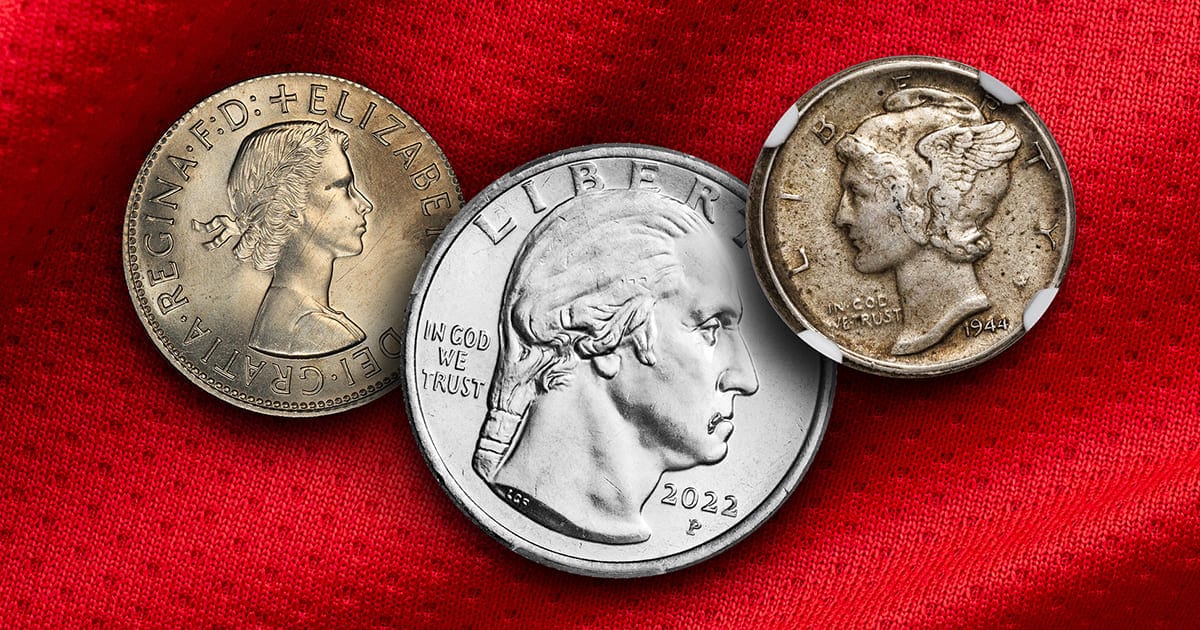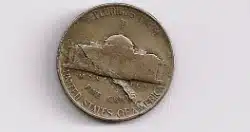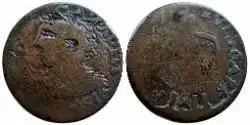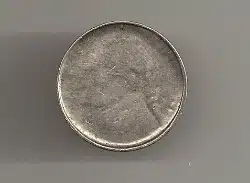
Error coins are fascinating to collectors and non-collectors alike. They can also provide a glimpse into the minting process. Although there was once a great variety of error coin types, that number has decreased since 2002 when the U.S. Mint updated its production methods.
Mint errors are coins that were produced incorrectly by a mint. Often called mint errors, error coins come in different shapes, sizes, and types. The broad variety of minted errors makes collecting them more enjoyable.
Types of Error Coins
There are three main types of error coins.
Planchet Errors

The term “planchet” is simply another word for blanks that are used in the coin-making process. This category of errors results from users not properly preparing coin planchets. This can manifest in clipped planchets that are the incorrect shape, planchets that are too thin or thick, and even in instances where a planchet is mistakenly left blank.
Strike Errors

Striking is the phase of minting where the die’s pattern is transferred to the coin. Types of strike errors include off-center or misaligned designs, those struck on the wrong size planchet, and other oddities.
Die Errors

The process of minting coins involves using dies to press lettering, numbers, and images onto the surface of a coin. For the front side of the coin, or “heads,” we use one die, and another for the backside, known as “tails.” If either die has an issue or flaw, it can cause errors, such as duplicated design elements or two mismatched dies. The latter case is called a “mule” coin.
How to Spot Error Coins
Although uncommon, you can still find error coins if you look hard enough. Also, note that these kinds of errors usually come in large groups because the U.S. Mint creates coins for mass production. A die flaw or miss-strike is an error that affects all the coins from a particular production run. So, there are usually hundreds or thousands of coins with the same error originating from the mint.
However, there are sometimes no reliable mintage estimates for coins with specific errors because of how accidental those types of errors can be. You must dedicate plenty of time and energy to spot an error coin. The best way to identify an unusual coin is by familiarizing yourself with famous error types.
If you’re looking for ways to find valuable coins, aside from scrutinizing your pocket change, there are a few other places to look. One popular strategy is to search through coin rolls, which you can get at any bank branch in exchange for their face value. Although it may take some time, coin roll searching is one way to make money. Even if you find nothing, the coins are still worth what you paid.
Another approach that coin hunters use is called “cherry picking,” which means they look through a group of coins one at a time. A good place to start collecting coins is from an estate sale or the “bargain bin” at your local coin shop.





